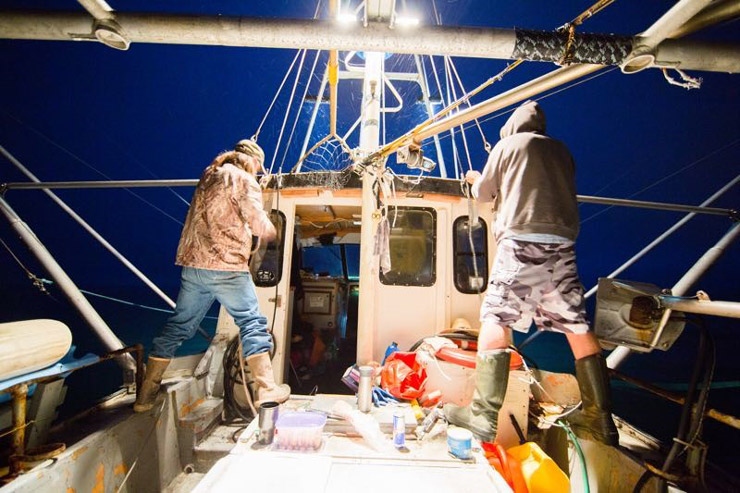
You’re probably familiar with CSAs, or Community Supported Agriculture, but there are now CSFs—Community Supported Fisheries—that source local, sustainable seafood. You can subscribe to a service that drops off healthy, flavorful, sustainable seafood for you to pick up at participating locations. In our area, there’s a Thursday drop at Davey Jones Deli (located in the New Bait Shop), Driver’s Market and Proof Lab in Tam Junction.
Diversity is the new sustainable in seafood. Americans eat primarily shrimp, salmon and tuna. According to NOAA, (National Oceanic and Atmospheric Administration), a shocking 90% of our seafood is imported; it’s mostly farmed and from Asia.
Our local species, like Carmel Canyon black cod, Big Sur sanddabs, Monterey anchovies and Channel Island Ridgeback prawns are rich, flaky, sweet, and buttery. They are also dense with nutrients, protein and healthy Omega-3 fats. And they are mainly exported to countries willing to pay a higher price for quality seafood. Because of this we are missing out on a healthy, delicious food source.
If everyone just eats a few popular species, then we will wipe those out. Some aquaculture is sustainable, but much is an environmental disaster. So why not give local Shortspine Thorneyheads a try? Or rock crab, grenadier, yellowtail, and petrale sole: a wide array of seafood that tells the stories of California’s currents and canyons, upwells, and underwater pinnacles. Each week members receive a newsletter telling them what they’ll be receiving, who caught it and where, along with recipes and tips for preparation and storage. Each share is $23.00 and available every week or every other week (minimum commitment is four deliveries). Deliveries can be customized to fit your personal dietary restrictions. It’s a great way to expand your culinary horizons, get more healthy seafood in your diet, support local fishermen and women, and know exactly where your seafood comes from.
Visit Real Good Fish for more information. Thanks to Maria Finn, who works for Real Good Fish, for passing this information along.